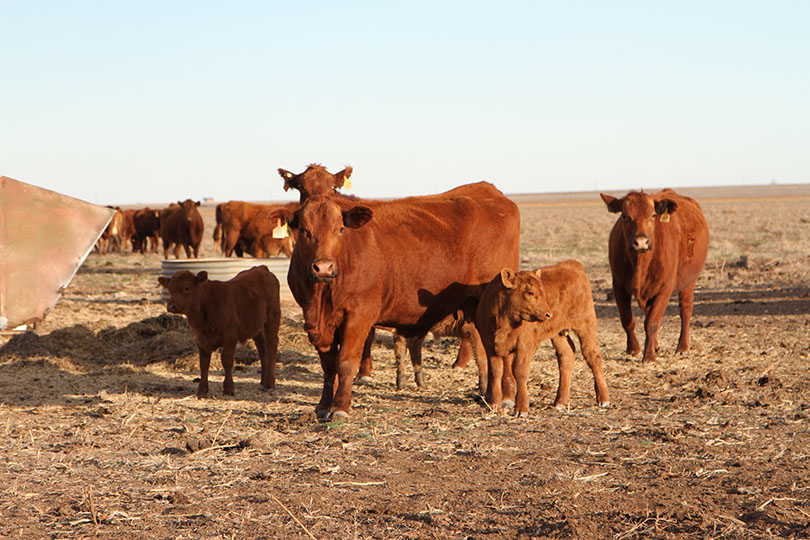By Jessica Domel
Multimedia Reporter
A new study is challenging long-held beliefs about livestock production and the role it plays in food/feed production.
“Livestock: On our plates or eating at our table? A new analysis of the feed/food debate” was published earlier this year by the United Nation’s Food and Agriculture Organization (UN FAO).
The study looks at claims that raising livestock has a negative impact on food security because beef cattle, and other livestock, consume grain.
“Animal production, in its many forms, plays an integral role in the food system, making use of marginal lands, turning co-products into edible goods, contributing to crop productivity and turning edible crops into highly nutritious, protein-rich food,” the report concludes.
It finds livestock consume about six billion tonnes of dry matter as feed per year. Eighty-six percent of that is inedible to humans.
Most of it is grass grown on marginal lands not suitable for crop production.
“Livestock play a key role in the bio-economy by converting forages, crop residues and agricultural by-products into high value products and services,” the report says.
Global production of feed requires about 2.5 billion hectares of land, which is about half the global agricultural area, according to the report.
Of that, two billion hectares is grassland. Of that, 1.3 billion hectares cannot be used for feed production.
“That means that 57 percent of the land used for feed production is not suitable for food production,” the report concludes.
Ruminant systems, like those found in cattle, may not be efficient in terms of overall feed output, according to the report, but when expressed in terms of human-edible protein, the systems are efficient converters of vegetal protein into animal protein.
“[It’s] better than industrial monogastric systems that consume less feed but larger amounts of human-edible feed and soybean cakes per unit of product,” the report concludes.
Researchers also found that “modest yield improvements” can significantly reduce projected further land expansion for feed production.
“It also illustrates the complexity between improving yields at animal level and crop level, and thus the need to evaluate options that improve the efficiency of the entire food system,” the report concludes.
Critics of beef production will point to the high consumption of grain by cattle, but the report says the majority of that occurs in feedlots, which account for about seven percent of global beef output.
According to the report, detractors often fail to recognize the diversity in animal production systems and the variety of goods and services delivered by livestock.
Detractors also fail to mention diversity in animal diets.
Demand for animal products is on the rise across the globe due to population growth, higher income and urbanization.
FAO predicts global demand for meat will increase 57 percent between 2005 and 2050. Milk demand is forecast to grow 48 percent during the same timeframe.
“As this increase in demand for animal source food will have a major impact on global food systems and land use, there is a need to better inform policy makers and consumers about feed use and feed use efficiency in the livestock sector,” the report said.
The full report can be seen here.


Does this report apply to Texas ranchers also? I noticed terms like “hectares” and “tonnes”, which sound European/British to me.